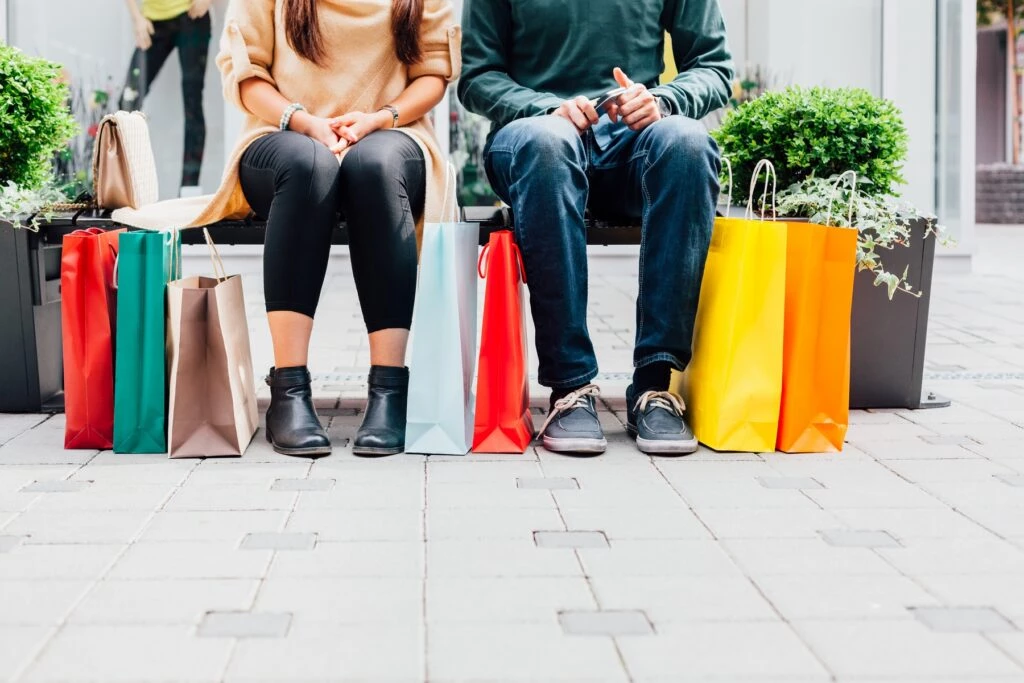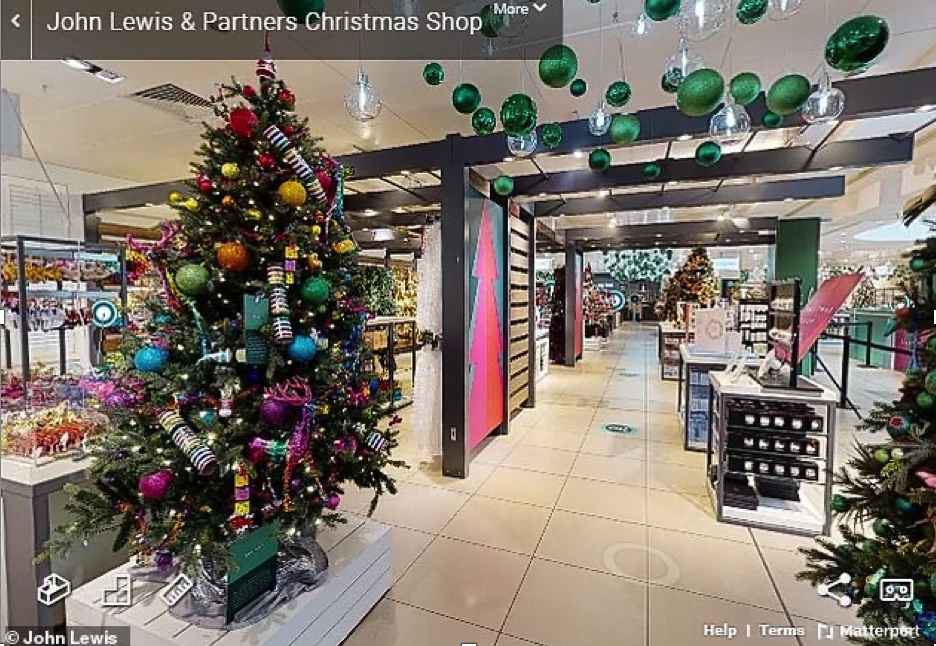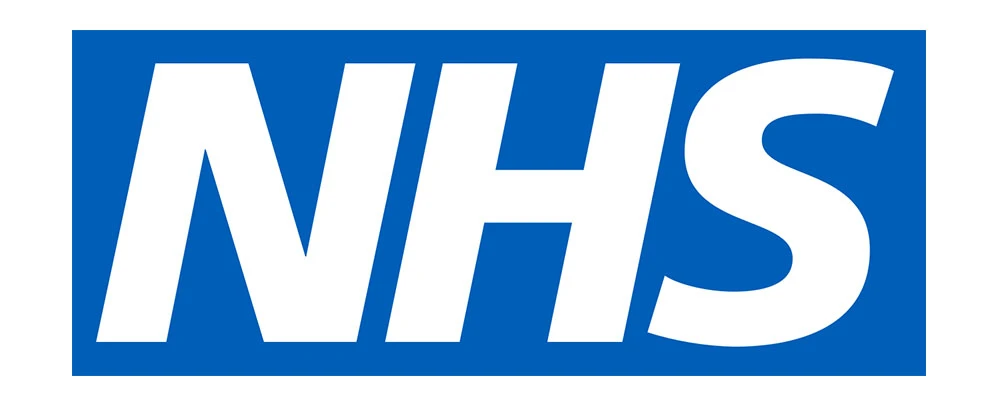This article
The pandemic has had a fundamental effect on the retail landscape in the UK.
In this article we take a closer look at:
- The ways in which COVID-19 has changed the behaviour of UK shoppers
- The implications for the retail brands that must adapt to survive
We also provide important tips for retailers looking to develop a competitive online presence.
The COVID consumer
The term New Normal has already become part of the vernacular, despite many senior marketers and industry commentators dismissing COVID-19 in the early days as just a virus that would do little to alter the retail landscape.
How wrong they were. Since that time, retail market research has shown that UK consumers have made far-reaching changes to their shopping behaviour – not just in terms of what they buy, but also when, where and how they buy.
And because there is every indication that the pandemic has actually just increased the speed with which the retail landscape was already changing, there is every reason to believe that many of these changes will not be reversed when the pandemic recedes.
The ways in which COVID-19 has changed the behaviour of UK shoppers
Online shopping
One of the main developments affecting retail has been the explosion in online shopping.
Bazaarvoice reveals that 49% of consumers admit they now shop online more frequently than they did before the coronavirus pandemic, with that figure rising to 62% for Americans and 58% for UK shoppers.
At the same time, the number of respondents that choose to visit brick-and-mortar stores has fallen, from 56% to 44%.
Obviously, these changes have been due in large part to the desire to shop from home in order to limit exposure to COVID-19.
However, research also reveals a jump in so-called ‘comfort shopping’, as shoppers who feel deprived of the emotional fix provided by regular shopping centre visits are strongly attracted to the instant fulfilment and validation that online shopping can provide, as a means of offsetting the feelings of disruption and dislocation that the pandemic has caused.
Online grocery
With regard online grocery shopping, Waitrose’s survey of 2,000 people across the UK tells us 77% of consumers now do at least some of their grocery shopping online, compared with 61% the year before.
The survey also shows that 25% of UK consumers are now buying their groceries online at least once a week– double the figure in 2019.
Waitrose confirms a big increase in 35-44 year olds conducting their food shop online, with 32% now doing so at least once a week. However, the biggest rise has been amongst the over-55’s, with 74% now doing at least some of their food shopping online, compared to 47% in 2019.
The chain comments that the growth in online food shopping had turned in to a trajectory ‘reminiscent of scaling Everest’ and could be ‘irreversible’.
Online marketplace shopping
Online marketplaces such as Amazon and Alibaba have also put in strong performances during the pandemic.
A recent online survey by Adobe reveals that between March and June 2020, 57% of UK consumers who regularly shop online made a purchase from an online marketplace, compared to just 13% who made a purchase from a dedicated brand website.
Amazon was quick to recognise the importance of convenience in the midst of the COVID turmoil, immediately recruiting additional warehouse staff and drivers to meet growing demand, just as many other organisations were cutting back on deliveries and citing far longer lead times.
Local convenience store shopping
And shopping isn’t just flourishing online. Mintel reports an 8% growth in sales by local convenience stores, compared to 3% in 2019.
Convenience stores not only enable shoppers to limit their exposure to COVID, they also support the mental wellbeing of their customers, by acting as a place of social contact for locals who feel isolated as a result of the pandemic.
And convenience store sales growth hasn’t just been due to an increase in the size of the average shopping basket. It’s also the result of an increase in the number of people actually using their local convenience stores. A recent survey by PayPoint showed that between March and July 2020, 56% of UK adults visited their local shop for the first time, rising to 68% of 18-24 year olds and 59% of 25-34 year olds.
Of course, a proportion of those convenience converts will revert to their previous shopping behaviour once the pandemic subsides, but a net shopper gain by local stores is very likely.
In fact, the Co-op appears to be betting on this outcome, having recently announced that it will be opening another 50 of its smaller, local stores in the UK during 2020 and 2021.
Retail is fight back
Having been fairly slow to react initially, bricks and mortar retailers have since been investing significant sums to address the COVID-fuelled trend towards online shopping.
In a survey of senior retailers conducted by Barclays, 26% agreed that COVID-19 has accelerated the technological revolution within the sector as a whole.
By way of example, 33% of participants had undertaken website upgrades, 32% had started to accept new payment methods, 26% were conducting data analytics for the first time, whilst 15% had created new roles specifically to manage the increase in digital sales and boost online capacity.
Some retail brands have clearly been much quicker than others at realising the full significance of the pandemic and taken steps to bolster consumer engagement. For example:
Pizza Express found new ways to make the brand more relevant to customers during the earliest days of lockdown by promoting activities to keep children and adults entertained at home, along with messages about which of its products could be picked up in supermarkets.
Meanwhile, Deliveroo partnered with grocery giant Marks and Spencer to provide essentials to households during the initial lockdown. The M&S-Deliveroo delivery service was free and aimed to drop-off orders in less than 30 minutes.
In September 2020 Marks & Spencer terminated the Deliveroo service and instead began working with online grocer Ocado. Consumers can now have both M&S food and non-food items delivered to their door. For the first time, M&S customers can now have their eggs and cheese delivered at the same times as their socks, undies and throws.
John Lewis has already seen profound changes to the way it does business – with over 60% of the group’s business already being conducted online.
Anticipating that Christmas shoppers may not be flocking to the high street this year, the company is now offering them the chance to undertake a virtual tour of it’s instore Christmas display.
In the virtual tour (pictured), visitors are John Lewis’s largest ever Christmas Tree forest, showcasing seven new festive trends and room sets, as well as a one stop gift emporium.
As online consumers ‘walk’ through the space and admire the displays, they can also zoom in on items, measure them digitally, and then click to purchase, at which point they are sent to the relevant item on the retail site.
On to New Normal – or back to Old Normal?
These are just a few examples of bricks and mortar retailers implementing online initiatives in an attempt to plug the COVID-sized hole in their retail sales.
Many others though, have been far slower to react, hoping that when the pandemic recedes their bricks and mortar businesses will simply return to the ‘old normal’.
Chances are, they won’t. Not least because lockdown has forced many younger shoppers to reduce their emotional reliance on retail, whilst older shoppers who were previously unwilling to get to grips with online shopping have been also forced to do so, just as they have been forced to embrace click and collect, online deliveries and returns using QR-codes.
Bricks and mortar must fight back
The question for those bricks and mortar retailers that haven’t yet developed a meaningful online offer is therefore, do they do so, or do they double-down on their existing offer, by investing in strategies to increase the retail consumer’s;
Confidence – in the form of anti-COVID measures that will give hesitant shoppers the confidence to return instore
Level of engagement – by developing levels of shopper experience and interaction that will significantly enhance the nature of the retail experience in a way that online cannot emulate
Whilst some will undoubtedly choose to double-down (particularly the larger retailers with too much to lose), many will opt to invest in developing online strategies instead. Based on our own experience of helping 100s of organisations develop successful online offers, here are some essential tips for doing so:
Start by undertaking competitor analysis
Your competitors are likely to have the benefit of many years successful online trading, as well as all the data that goes with it. So, make the most of their experience and start by analysing the component parts (e.g. website structure and browsing experience, product range, pricing, ordering and fulfilment process), of their online offers, to identify where they are likely to be strongest – and weakest Then, conduct market research on those aspects of their individual offers to identify what you should copy, and what you can actually improve upon.
Take your brand with you
When creating your site, makes sure you transfer across those elements of your retail brand and store experience that are so important to your existing customers. Otherwise, you run the risk of diluting your brand’s identity – and losing loyal customers in the process.
Again, use market research to identify which elements of your brand are most important to those customers and how best to bring them to life online.
Broaden your customer base – and your offer
Key to dealing with the unfolding downturn will be the ability of your online offer to appeal to as many different types of consumers as possible. By moving online, you have the opportunity to attract new shoppers to your brand so use market research to identify what else you could be selling – and to whom.
Analytics
Your competitors may have years of online data to help them with strategy development. You need to ensure that you start collecting and analysing customer and operational data relating to each touchpoint and area of your online business
Brandspeak
Brandspeak’s consultants are experts in using research to identify and optimise online strategies. For more information call us on 0203 858 0052 or contact us at enquiries@brandspeak.co.uk















